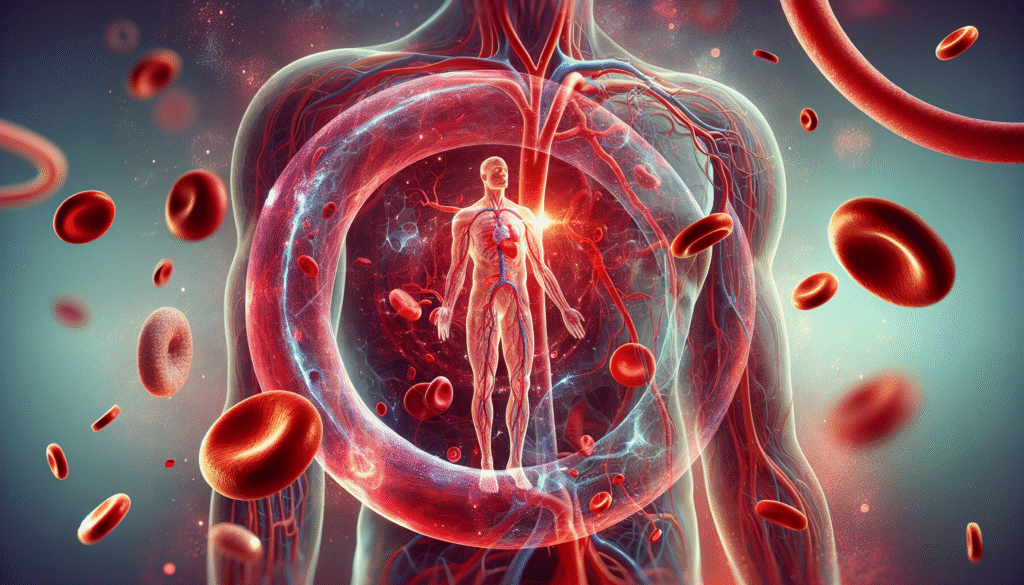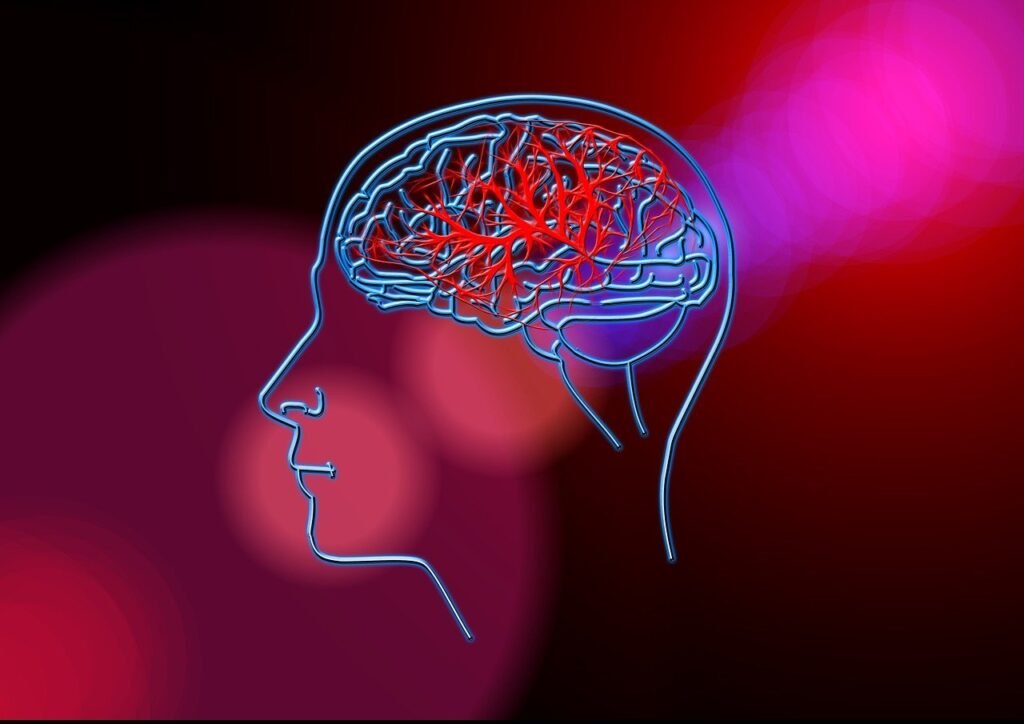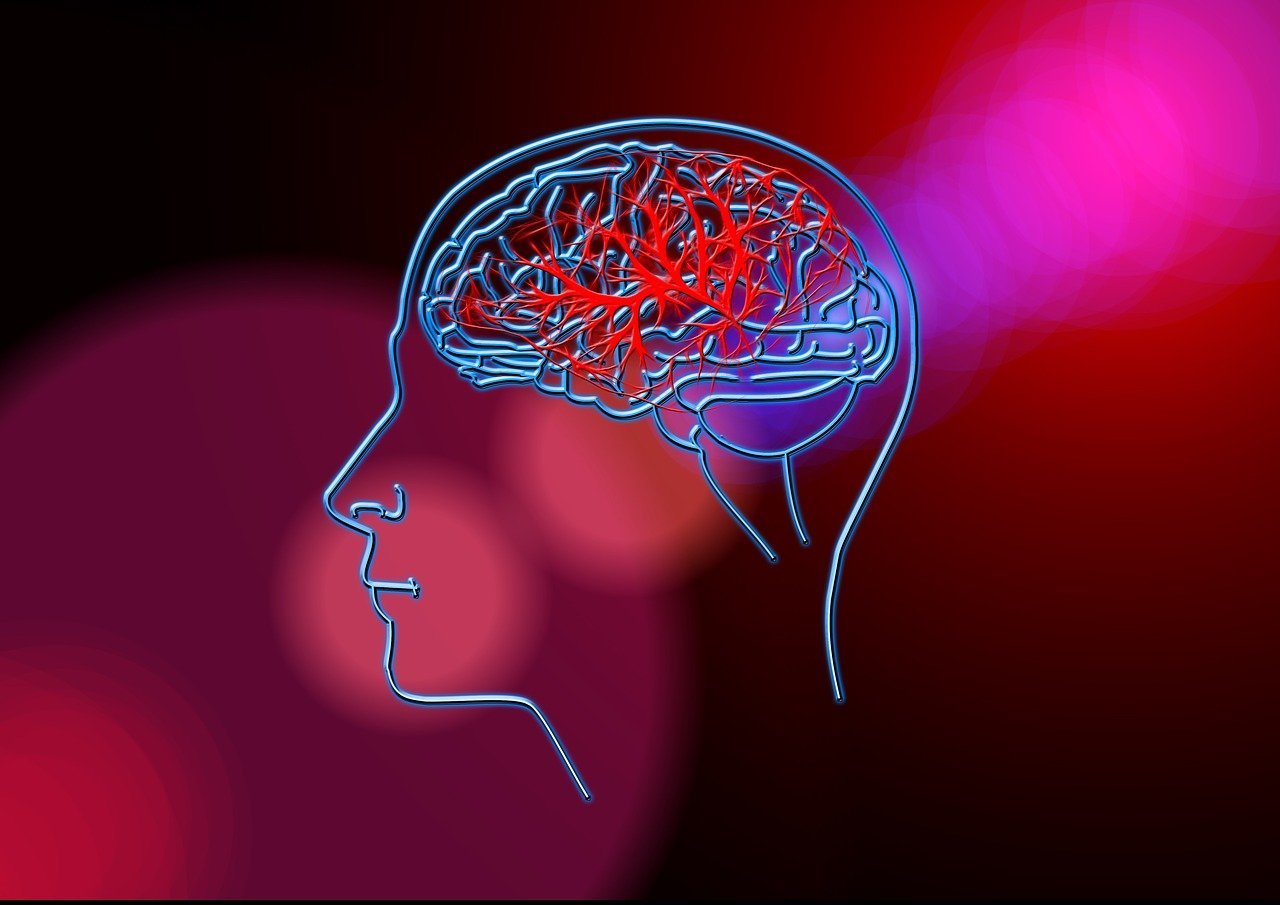What do you really know about your circulatory system?
You might understand that blood travels through your body, but the nuances of blood flow, vasoconstriction, and recovery can unfold a fascinating world of science that impacts your health and well-being. When you grasp these concepts, you empower yourself to make better choices, whether it’s during a workout or while recovering from an injury. So, let’s break it down together.
The Basics of Blood Flow
Understanding blood flow is the first step in grasping how your body works. Blood flow refers to the movement of blood through your heart and vessels, delivering oxygen and nutrients to cells while removing waste products. It’s a process that’s vital for sustaining life.
The heart acts as the central pump in this system, pushing oxygen-rich blood from the lungs throughout the body. In contrast, deoxygenated blood returns to the heart to be pumped back to the lungs. Everything happens through a network of arteries, veins, and capillaries.
But why does blood flow matter so much? Well, consider how it impacts your energy levels, sports performance, and even recovery from injuries and workouts. When you exercise, your muscles require more oxygen and nutrients, leading to increased blood flow. Let’s dig deeper into this phenomenon.
How Blood Flow Works During Exercise
When you engage in physical activity, your body has an enclosed network of signals that help direct blood flow where it’s needed most. Your muscles demand more oxygen, and your heart responds by pumping faster. Have you ever experienced that sudden rush of warmth and energy during a workout? It’s your body’s way of adapting to the increased demand.
During exercise, several factors contribute to enhancing blood flow:
-
Increased Heart Rate: Your heart rate climbs to circulate blood more quickly.
-
Vasodilation: Blood vessels widen to allow more blood to flow to active muscles.
-
Redirected Blood Flow: Blood shifts from less active organs, like the digestive system, to your working muscles.
Understanding this can help you realize why a proper warm-up is essential; it prepares your circulatory system for the oncoming demands of exercise.
Vasoconstriction: The Counterbalance
Now that you know how blood flow increases during activity, let’s turn the spotlight on vasoconstriction. This term describes the narrowing of blood vessels, which decreases blood flow to certain areas. It’s a crucial part of your body’s regulation process, balancing blood flow under different circumstances.
What Triggers Vasoconstriction?
Several factors can trigger vasoconstriction. For example:
-
Cold Temperatures: Your body will limit blood flow to the skin to conserve heat. You know that feeling when you step outside on a chilly morning, and your fingers feel like ice? That’s your body naturally reducing blood flow to its periphery.
-
Stress Responses: When you’re stressed, hormones like adrenaline kick into gear. This not only speeds up your heart rate but also causes blood vessels to constrict, directing blood flow to vital organs like the heart and lungs as part of the fight or flight response.
Understanding these triggers can help you recognize the ways your body responds to both environmental shifts and emotional states.
The Importance of Vasoconstriction in Recovery
After exercising, your body needs to recover. You might wonder how vasoconstriction plays a role in this process. When you cool down after a workout, vasoconstriction helps redirect blood flow back towards your core organs and aids in the recovery of your muscles. It assists in nutrient distribution while minimizing the risk of excessive swelling.
This is why post-workout stretches and cool-downs are essential. They facilitate a smooth transition for your circulatory functions, ensuring that your body can recover efficiently.

Recovery: The Role of Blood Flow
Recovery isn’t just resting; it’s an active process that involves repairing your muscles and replenishing energy stores. Blood flow plays a crucial role in this. Here’s how:
Enhanced Nutrient Delivery
After a workout, your muscles are in a depleted state, and they require nutrients to rebuild. Increased blood flow during recovery helps deliver these nutrients. Proteins, fats, and carbohydrates are transported to your muscles to support healing and growth. The more efficiently this process occurs, the quicker you’ll recover.
Table: Nutrient Delivery During Recovery
| Nutrient | Role in Recovery |
|---|---|
| Protein | Repairs muscle fibers and promotes growth |
| Carbohydrates | Replenishes glycogen stores to restore energy |
| Fats | Provides long-term energy for slower recovery |
| Vitamins/Minerals | Support various bodily functions, including immune response |
Reduced Muscle Soreness
You might have experienced muscle soreness after an intense workout, right? That soreness is often a byproduct of micro-tears in your muscle fibers. Increased blood flow post-exercise can help reduce delayed onset soreness by flushing out toxins and delivering healing nutrients more effectively.
The Role of Hydration
Hydration also plays a significant role in blood flow and recovery. Proper hydration ensures that blood is less viscous, making it easier for your heart to pump. Dehydration can lead to thicker blood, which slows circulation and prolongs recovery times.
Make sure you’re sipping water before, during, and after your workouts to facilitate optimal blood flow.
The Impact of Age on Blood Flow and Recovery
As we age, it’s natural for blood flow to decrease partly due to the stiffening of blood vessels. This tumbling effect can impact recovery times and overall activity levels.
You might notice that you’re not bouncing back from workouts as quickly as you used to. Understanding the changes in your circulatory system can help you adapt your training and recovery strategies effectively.
Strategies to Improve Blood Flow as You Age
-
Regular Exercise: Engaging in cardiovascular exercises can help maintain healthy blood flow by keeping your heart and blood vessels in good condition.
-
Strength Training: This builds muscle and can enhance your metabolic rate, promoting better circulation.
-
Flexibility and Balance Work: Stretching and balance exercises can maintain vessel elasticity and improve the overall functioning of your circulatory system.
-
Diet Adjustments: Emphasizing fruits, vegetables, whole grains, and healthy fats can nourish your circulatory system. Omega-3 fatty acids, for instance, found in fish, can help reduce inflammation and improve your vascular health.

Supplements and Blood Flow
You might be curious about how supplements influence blood flow and recovery. Some supplements claim to enhance circulation, and it’s valuable to explore which ones can genuinely support your health goals.
Common Supplements for Enhanced Blood Flow
| Supplement | Potential Benefit |
|---|---|
| L-Citrulline | Increases nitric oxide production for better vasodilation |
| Beetroot Extract | Known to enhance endurance and improve blood flow |
| Omega-3 Fatty Acids | Reduced inflammation and improved overall cardiovascular health |
| CoQ10 | Supports energy production in cells and might improve circulation |
Always consult healthcare professionals before starting any supplements. They can help guide you toward safe options tailored to your needs.
Lifestyle Choices Influencing Blood Flow
Your daily habits play a significant role in your circulatory health. How do your lifestyle choices impact blood flow? Let’s examine a few critical areas.
Diet
Eating a balanced diet full of fruits, vegetables, whole grains, and lean proteins supports not just blood flow but overall health. Certain foods, such as those high in antioxidants, can help protect your vessels from damage and promote circulation.
Physical Activity
Regular movement doesn’t merely improve blood flow; it also strengthens your heart. Aim for at least 150 minutes of moderate aerobic activity each week, along with strength training that works all major muscle groups at least twice per week.
Stress Management
Chronic stress can lead to heightened levels of cortisol, which may negatively affect your blood flow. Implementing stress management techniques, such as meditation, yoga, or even mindful breathing, can benefit both your mental and physical health.
Sleep Quality
Quality sleep is crucial for recovery and overall circulatory health. During sleep, your body undergoes several repair processes that are vital for muscle recovery and cardiovascular health.

Conclusion
Gaining an understanding of blood flow, vasoconstriction, and recovery helps you appreciate the intricate workings of your body. Every time your heart beats, it’s orchestrating a complex arrangement to support your energy levels, muscle recovery, and overall well-being.
Through this knowledge, you can make informed decisions about exercise, nutrition, and lifestyle changes that not only enhance your blood flow but also contribute to a healthier, more vibrant life.
Remember, taking care of your circulatory system isn’t just about exercise; it encompasses what you eat, how you manage stress, and the quality of your sleep. So why not start making small changes today that can lead to significant improvements? After all, your body deserves that attention and care.

